1880s — Just beyond the technological horizon. I picture Ma Rainey, as she’s depicted in Bessie, bisexual, alcoholic, taking Pullmans from one booze-filled carnival to another. Or Don Fanucci in Godfather II, with his squeamishness over sex and ease with violence, the feral way he throws his hat over Vito Corleone’s money. Probably that’s not really what it was like though. Everybody from that time seems to write about how dull and slow life was.
1890s — Boyish exuberance. Stephen Crane racing to every war he could possibly reach. His brothelkeeper wife. Rudyard Kipling traipsing off to the ends of the empire. Burning the candle at both ends.
1900s — I picture everybody a little bit daft, overly mesmerized by technology. There’s a reason P.G. Wodehouse situated his characters in this decade and never left it. Balloons at the World’s Fair, tug-of-war and art shows at the Olympics. The real possibility that the world would just ease into technological utopia.
1910s — The split screen between those who had experienced the trenches and those who hadn’t. Gabriel Chevallier in Fear returning home to find his father drinking and playing cards with his friends exactly like in the old days, all the girls envisioning “spending their whole lives sailing on some limpid blue lake, with their heads on the shoulder of a faithful companion.” Chevallier finishing his leave longing to get back to the trench, where at least there’s something like the truth of modern life.
1920s — Pure hedonism. Hedonism tinged with grief, hedonism as the fruit of experience. The sense of being passed over by technology. José Capablanca seeing a film of himself at the peak of his life and weeping uncontrollably that he would never be that again. Benjamin Button’s misfortune of growing ever stronger and younger, only to sink again into senescence.
1930s — The figure of the Man of Sorrows, the martyr, who can take on the collective anguish of the era. Nathanael West’s Miss Lonelyhearts weeping into his typewriter with each one of his advice columns. The pride in being detached from others’ pain. Clifford Odets’ Bessie coolly remarking, “They threw out a family on Dawson Street today. All the furniture on the sidewalk. A fine old woman with gray hair.”
1940s — Dapper, cool under pressure, dedicated to duty. Gregory Peck’s Frank Savage in Twelve O’Clock High, chatting amiably with his driver, having one last cigarette, and then tossing it aside, switching to the backseat and becoming all of a sudden a hard-driving, no-nonsense Air Force General.
1950s — Everyone knows this one. The white picket fence, the aproned housewife, the Man in the Gray Flannel Suit. The sense — discernible at the time, even more so later — of frustration, of recklessness at the fringes of the repressive culture. James Dean howling “You’re tearing me apart” in Rebel Without A Cause — completely unclear what his problem was, but that was the whole point, everybody seemed to relate.
1960s — The smartest man I know describes the Prague Spring as an ‘LSD event.’ There are videos of Czech army officers across the decade. At the beginning they’re uptight and professional. By the end, they’re hanging off the rafters. Anybody who’d heard an electric guitar, anybody who’d taken LSD, unable to help but feel that the world had to be perfectible.
1970s — I picture everybody in a camper van off to go hiking. The Grateful Dead having their farewell concert with the band bitterly divided between those who were taking LSD and those who were taking cocaine. The roadies refusing to let any of the musicians offstage until they’d taken another drop of LSD — their way of saying farewell to the ‘60s. The whole decade as the ‘60s’ hangover.
1980s — Cocaine. Phil Collins’ psycho solo. Patrick Bateman catching up to a woman on the street at night. Seducing her with a glance at his suit. Cut to the next day, trying to have his bloody sheets cleaned at the dry cleaner’s.
1990s — The first decade in a long time that’s defined by technology not by drugs. Large-screen TVs, surround sound, satellite dishes, cable TV. Obsession with teenagers, rush to the least common denominator. The Britney Spears Super Bowl commercial.
2000s — The rise of Homo Laptopicus. Sitting in a college class, looking at the Macbooks in front of me and not a single person taking notes on the lecture. Everybody browsing. If the walk-and-talk is the communicative modality of the ‘90s, for the ‘00s it’s Zuckerberg at the end of The Social Network refreshing his friend request over and over again for the girl he likes.
2010s — The screens getting smaller still. The vague sense of unease in all the scrolling. ‘Doomscrolling’ the word of the decade.
2020s — The split between those in ‘The Cathedral’ and those outside of it. Elon Musk’s poop emojis. Pavel Durov in the French detention center. The constant interweaving of who’s inside and who’s outside. Everybody accusing each other of disinformation.


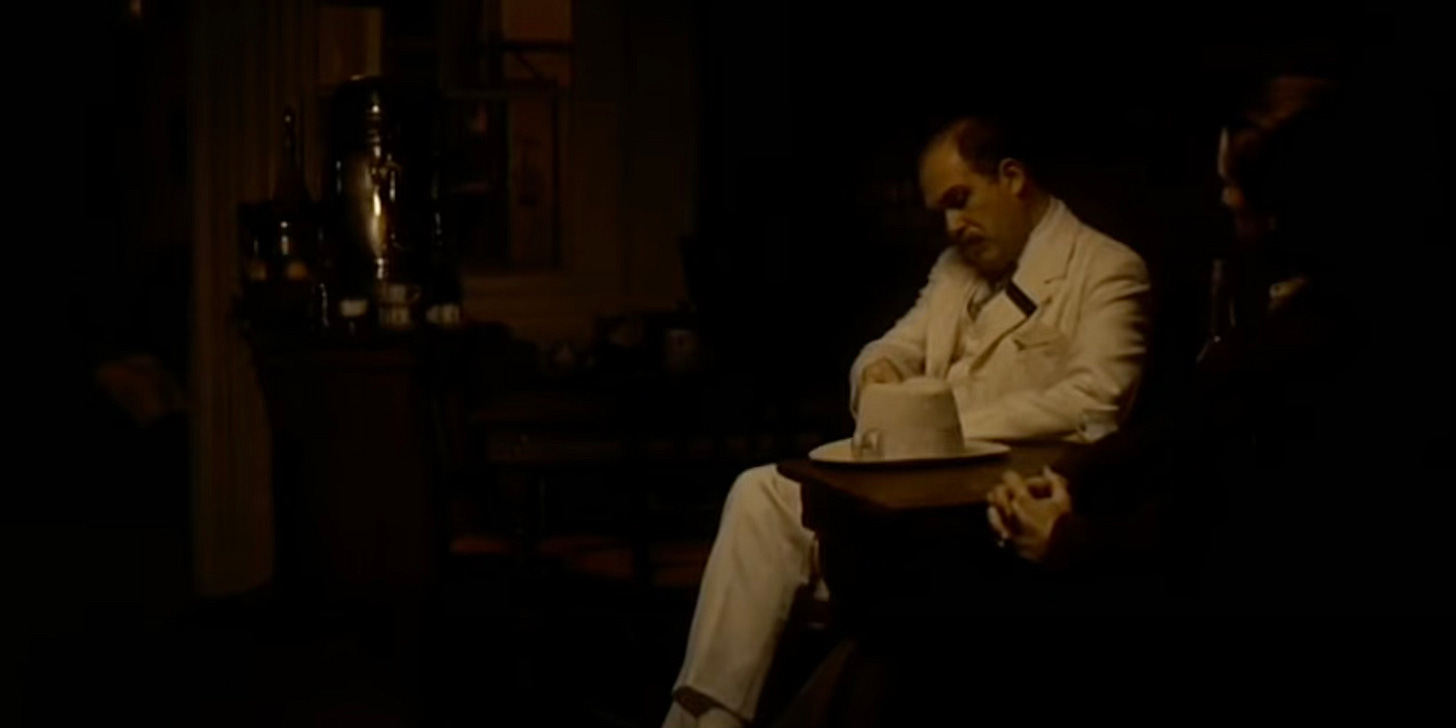
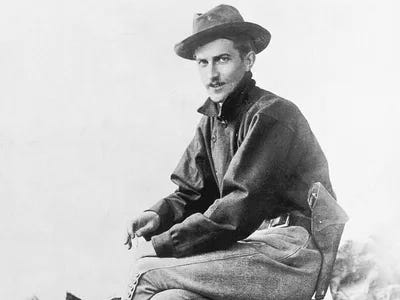
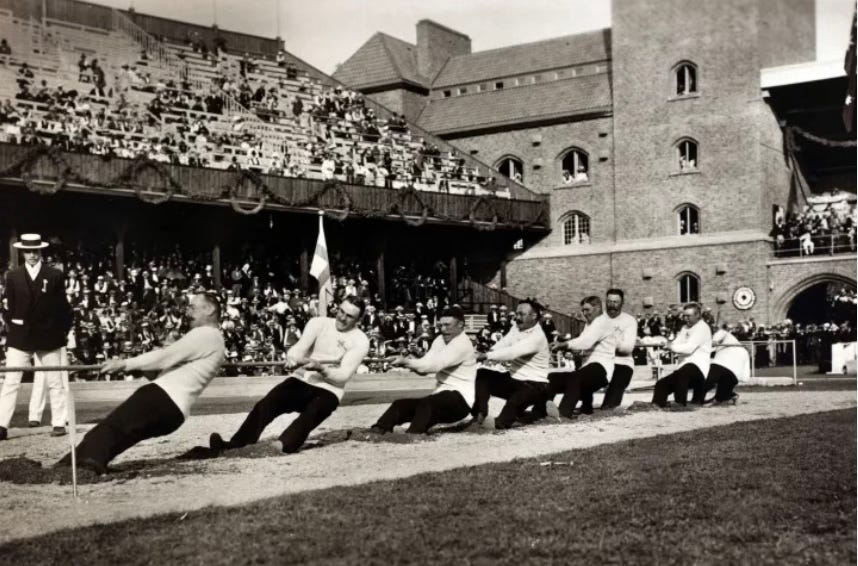

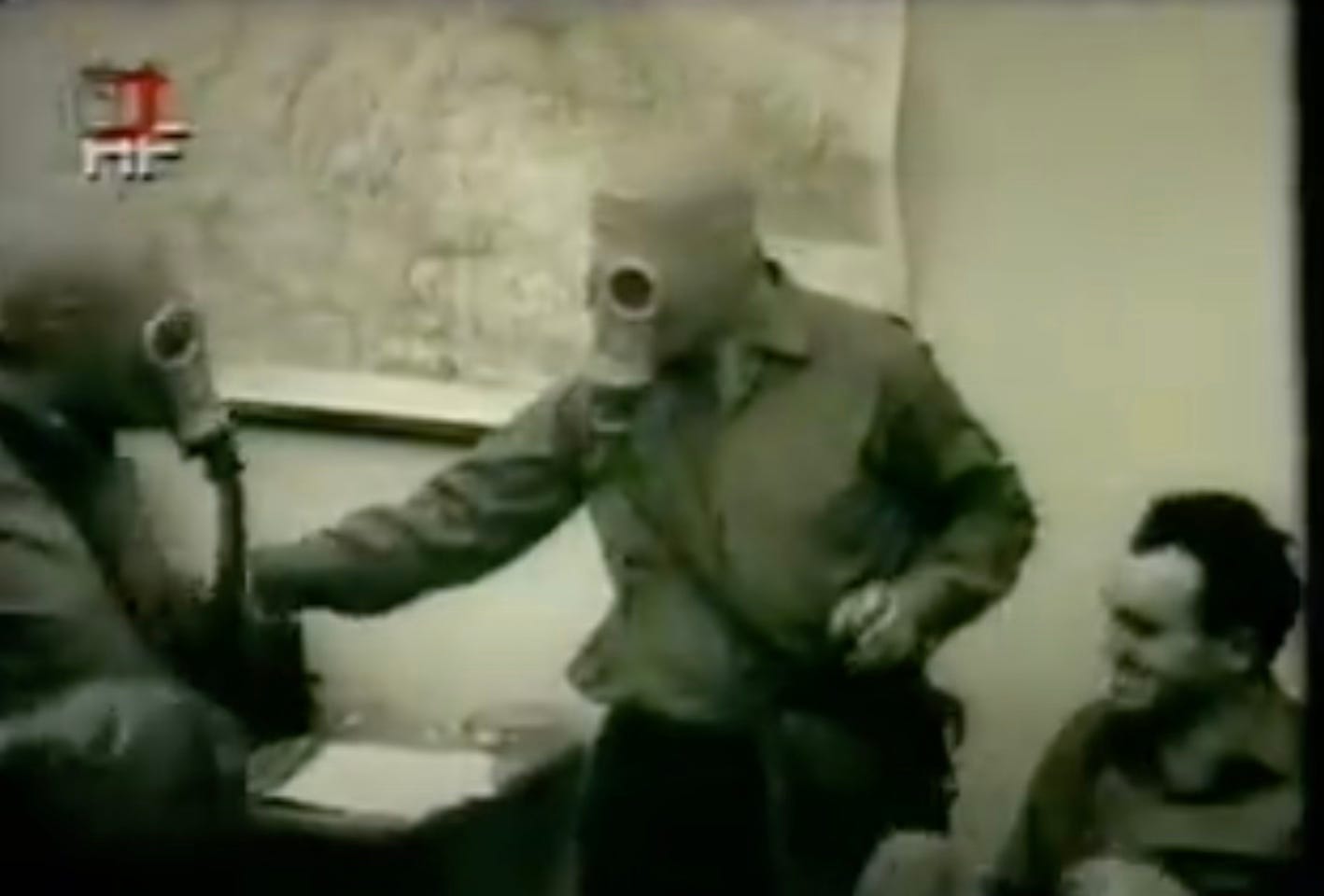
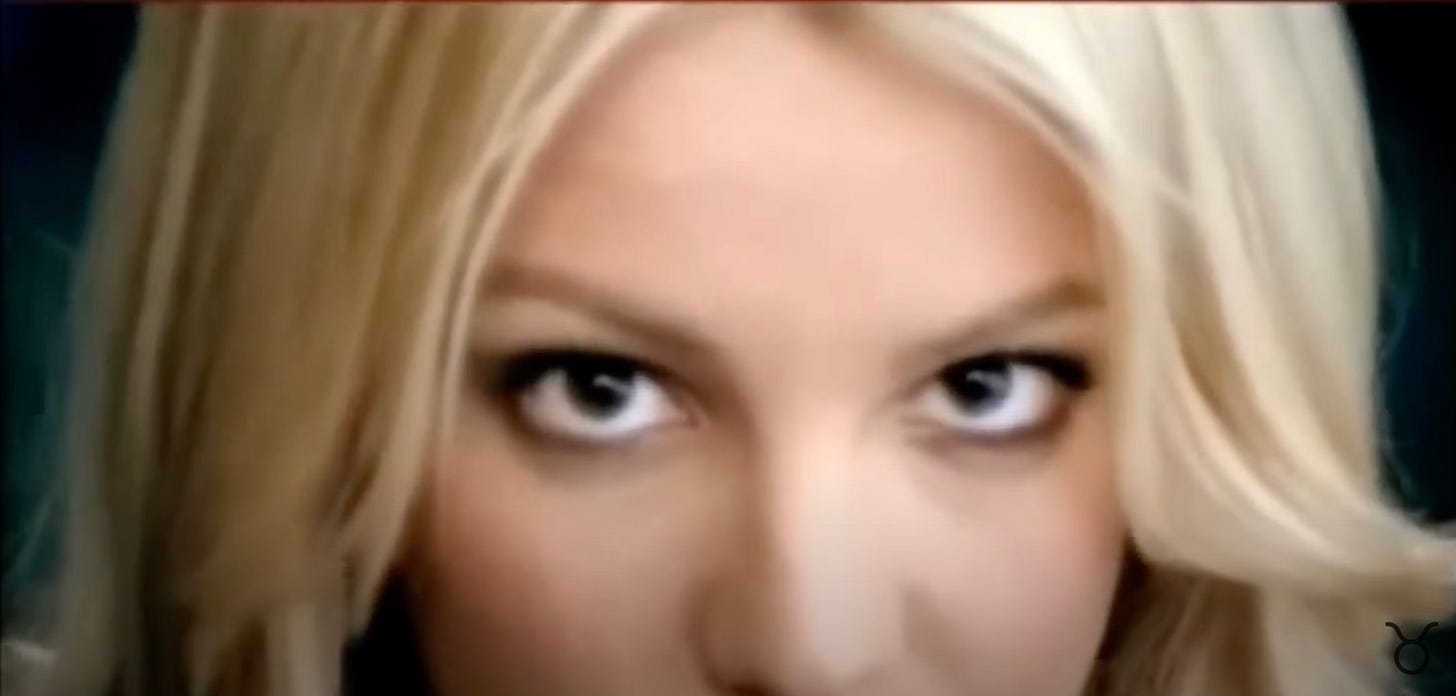
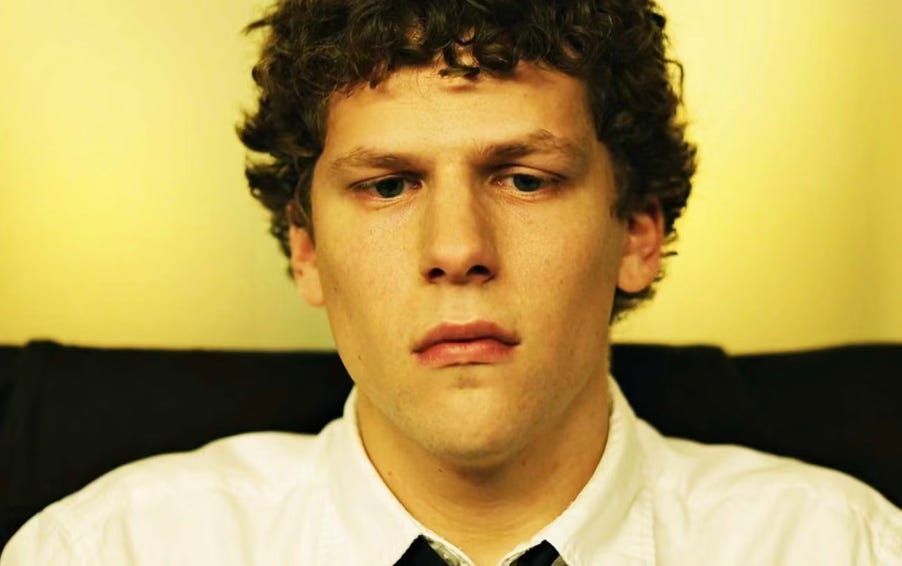
Interesting. Every decade from a male point of view. Imagine if you were a woman — it would read so differently I think.
You've placed both Ma Rainey and Don Fanucci nearly 40 years too early.